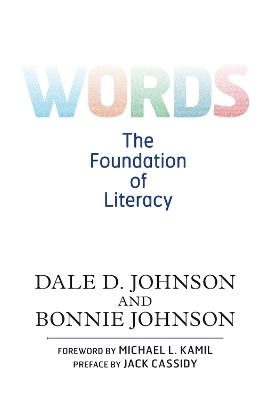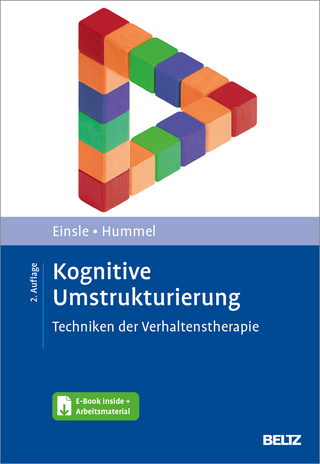
Words
Routledge (Verlag)
978-0-367-09712-7 (ISBN)
Written by respected authorities in the fields of education and literacy studies, Words: The Foundation of Literacy is a groundbreaking book for teachers, administrators, and education students. Dale and Bonnie Johnson present a fresh, inspiring reminder of why studying language (from word origins to word structure) is such a vital first step in the development of students' vocabulary, literacy, writing skills, and overall ability to learn.At a time when high-stakes testing has squeezed substance from many curricula, Johnson and Johnson provide ways to enhance students' understanding, interest, and appreciation of language and all its subtleties. Words explores how meaning in language is created by the use and interrelationships of words, phrases, and sentences, their denotations, connotations, implications, and ambiguities. From birth, most children exhibit a natural interest in language: its sounds, nuances, and unpredictable qualities. It is important to sustain, stimulate, and recapture that natural interest in the classroom, and Words provides a multitude of creative and practical techniques for doing so.
Dale D Johnson
Foreword Preface Introduction 1 Our Language: Something Old, Something New American English How Our Language Has Changed Obsolete Words Old Words Still in Use Word Meanings That Have Returned Word Meanings That Have Changed Completely Words That Have Become "Respectable" "In-Between" Words New Words New Words for Newcomers A Brief Word-Walk Through History from the 1700s to the Twenty-First Century * Instructional Activity 1.1 2 Origins: Every Word and Expression Has a Story Etymology and Word Origins A Sampling of Word Origins * Instructional Activity 2.1 "Borrowed" Words * Instructional Activity 2.2 Origins of Common Sayings * Instructional Activity 2.3 3 Word Formations Word Combining Compound Words * Instructional Activity 3.1 Blended Words Contractions Reduplicatives *Instructional Activity 3.2 Word Conversions and Derivations * Instructional Activity 3.3 * Instructional Activity 3.4 Word Shortening Abbreviations * Instructional Activity 3.5 Clipped Words 4 Semantic Connections: How Words Are Organized in Our Minds Semantic Categories Meaning Relations The Mental Lexicon Semantic Mapping Semantic Feature Analysis * Instructional Activity 4.1 * Instructional Activity 4.2 * Instructional Activity 4.3 * Instructional Activity 4.4 * Instructional Activity 4.5 Word Categories 5 Ambiguity in Language * Instructional Activity 5.1 * Instructional Activity 5.2 * Instructional Activity 5.3 * Instructional Activity 5.4 * Instructional Activity 5.5 * Instructional Activity 5.6 6 Figurative Language "You're a Sage, Rosemary" Idioms * Instructional Activity 6.1 Similes and Metaphors Analyzing Similes * Instructional Activity 6.2 Is the Well-Known Simile True? * Instructional Activity 6.3 Interpreting Metaphors Creating Metaphors Personification * Instructional Activity 6.4 * Instructional Activity 6.5 Euphemisms * Instructional Activity 6.6 Hyperbole * Instructional Activity 6.7 Chiasmus Other Figures of Speech 7 Proverbs: Short Sentences Drawn from Long Experiences The Impo
| Erscheinungsdatum | 22.07.2019 |
|---|---|
| Verlagsort | London |
| Sprache | englisch |
| Maße | 156 x 234 mm |
| Gewicht | 453 g |
| Themenwelt | Geisteswissenschaften ► Psychologie ► Allgemeine Psychologie |
| Geisteswissenschaften ► Psychologie ► Pädagogische Psychologie | |
| Sozialwissenschaften ► Pädagogik ► Allgemeines / Lexika | |
| Sozialwissenschaften ► Pädagogik ► Bildungstheorie | |
| ISBN-10 | 0-367-09712-5 / 0367097125 |
| ISBN-13 | 978-0-367-09712-7 / 9780367097127 |
| Zustand | Neuware |
| Haben Sie eine Frage zum Produkt? |
aus dem Bereich


